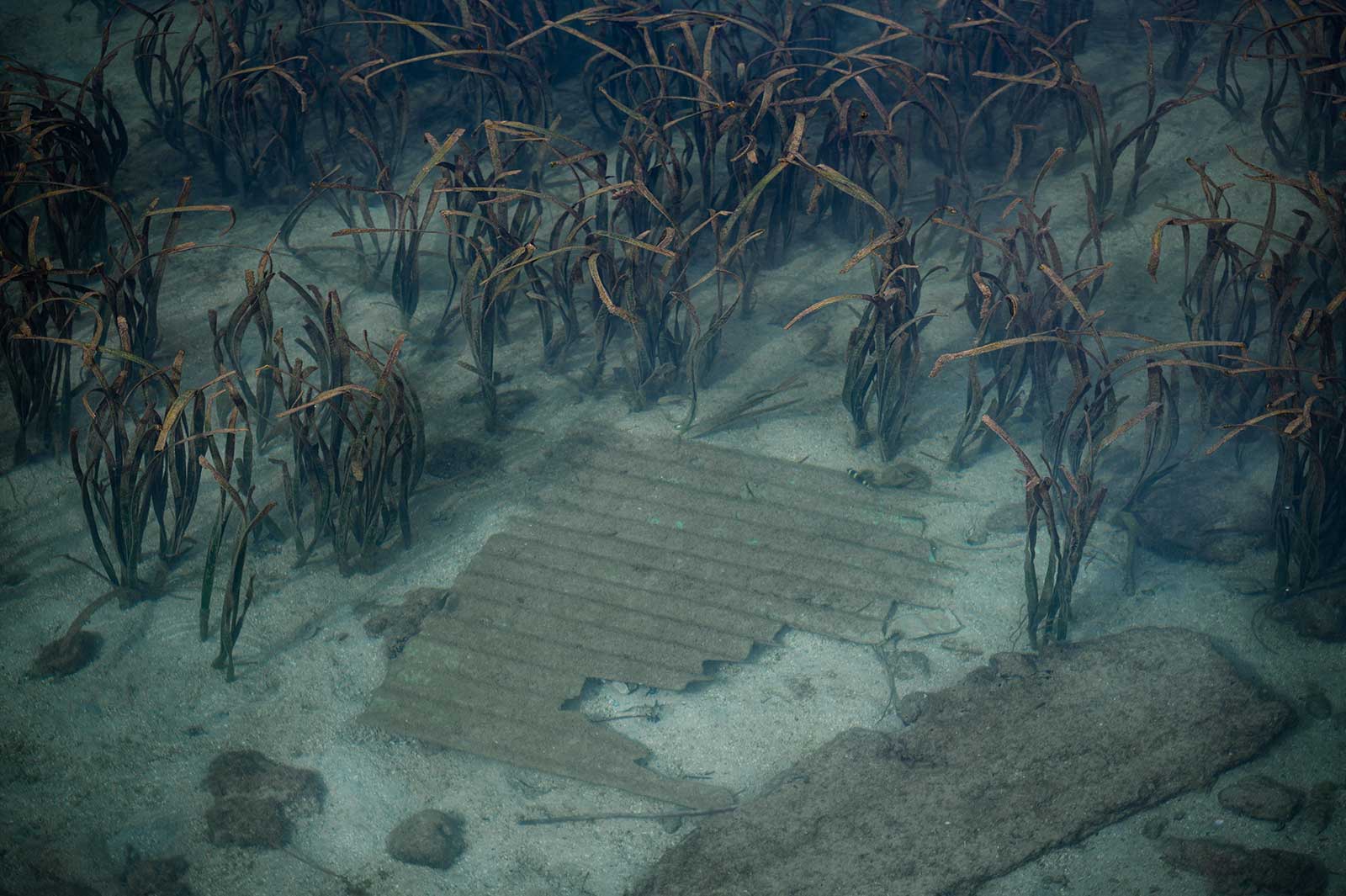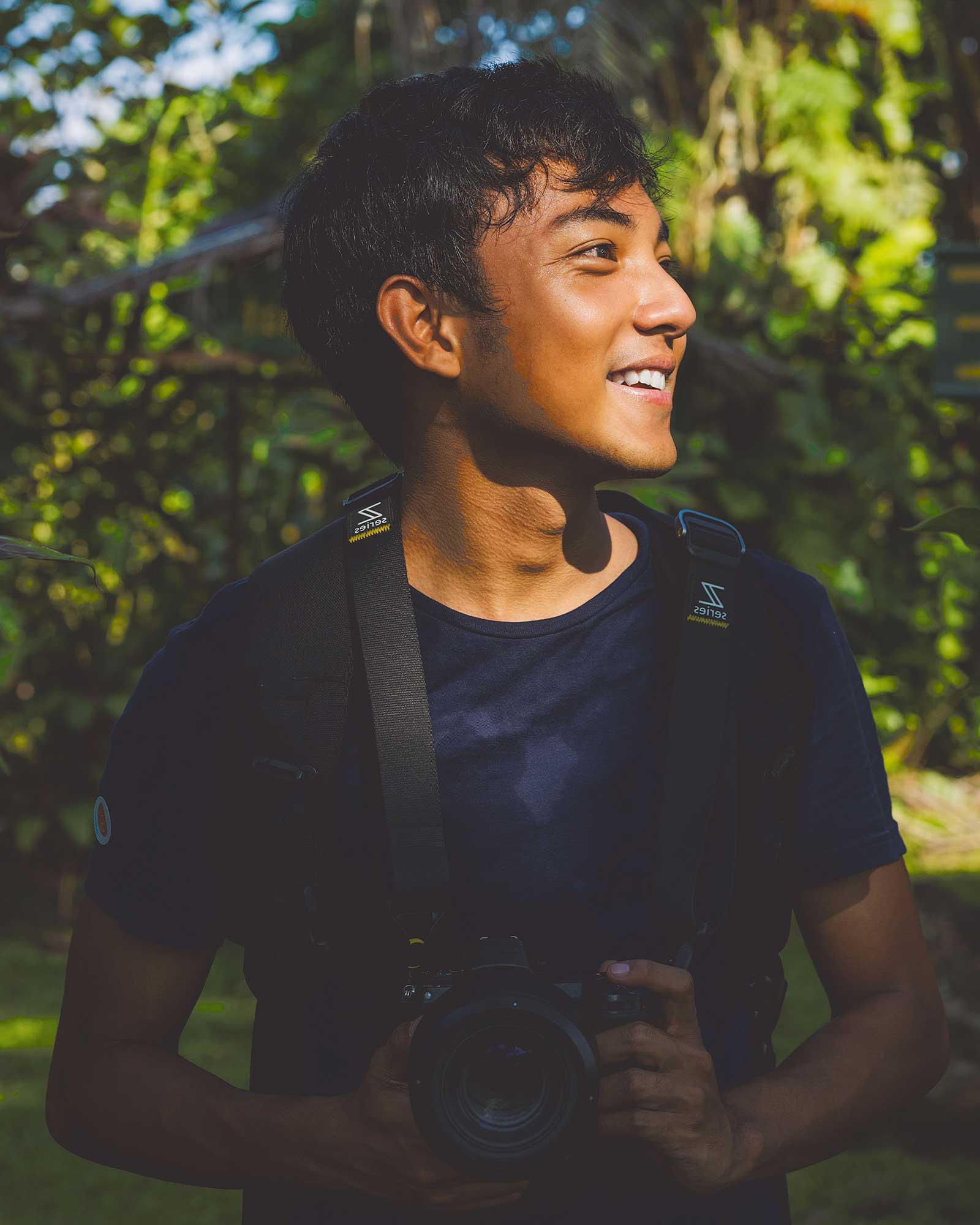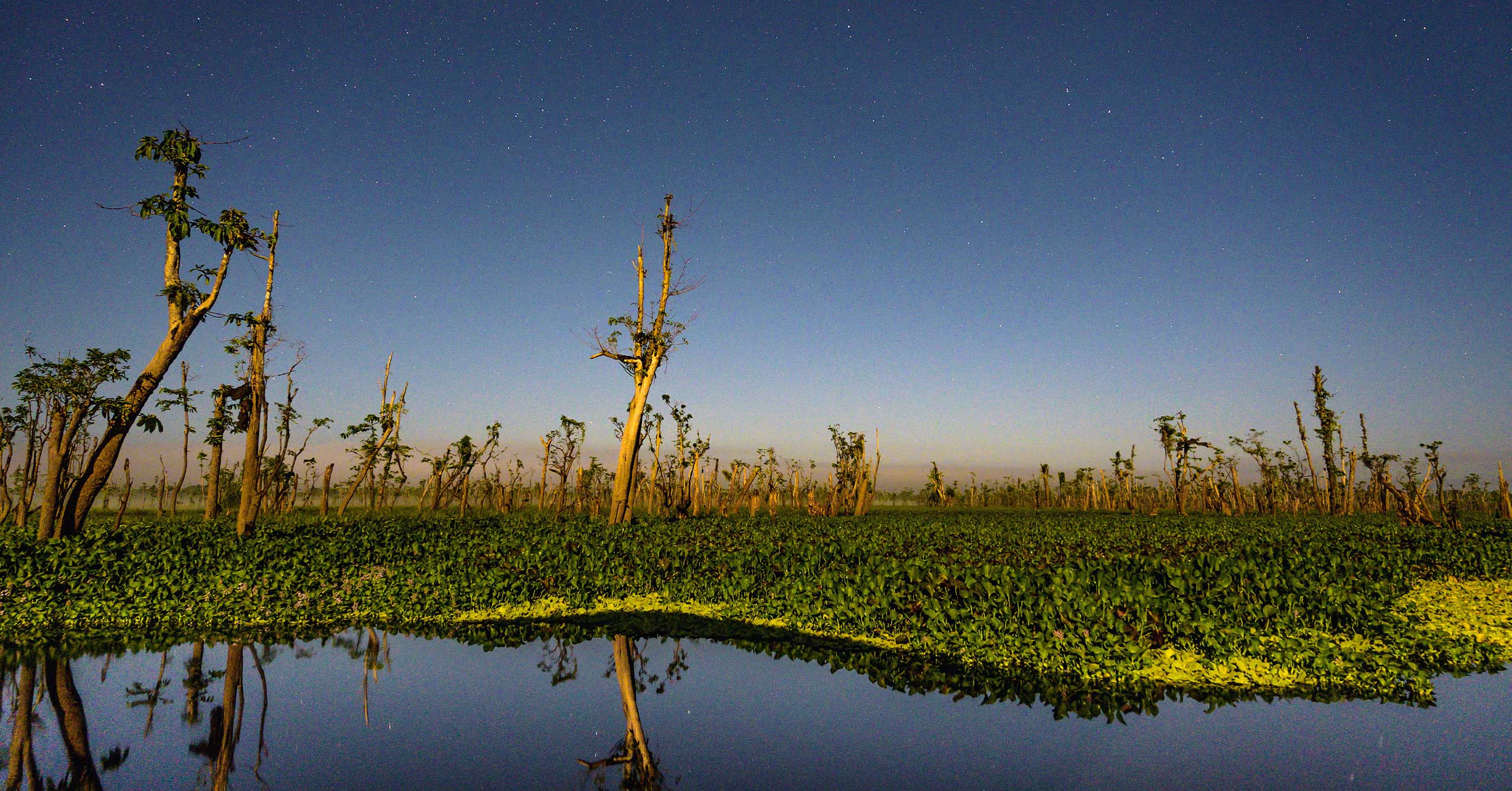Photo by Gab Mejia
Photo by Gab Mejia
Conservation photographer Gab Mejia on the power of stories, photography, and community.
It was an eerie afternoon in September 2009, at the height of Typhoon Ketsana (locally named Ondoy), when my family’s home in Metro Manila became submerged in flood water. Our old family albums, artworks, tables, and wooden chairs bellowed in the depths of torrential rain from the distant ocean that ultimately surrounds our island nation. I rushed, climbing to the second floor of our house, a privilege, the last island left, as my family’s belongings slowly slipped away. I held on tightly to the loving arms of my parents and my late grandmother. More than 700 people died in the typhoon.
I was 12 years old then. Do we still remember?

More than a decade has passed since that storm, and other deluges that continue to shape a nation of 7,641 islands and 100-million Filipinos amid the ecological crisis. Every colonial history, every personal memory, every culture, every language, and every tide cradles an intertwining story waiting to unfold. An archipelago is what we are, and it will not be too long before the Philippines becomes fully self-aware of its own identity, capacities, and greatness, but perhaps it will be too late. Storms have intensified and the seas continually rise. The sandcastles that we have built now crumble as these waters draw closer to our shores. Despots lead our institutions, wildlife go extinct, populations disperse for greener pastures, forests are destroyed, and the indigenous peoples further crippled from defending themselves and their homes, where by then, we may have nothing left but stories to tell. Stories of water and flood that have shaped my life, communities, and country, and the collective island stories that give me hope and make me dream.

I could not bear to sit idly as the waters continued to rise. We are not victims, but dreamers, and stories are our boats for survival. Much like our seafaring ancestors, who have found their ways in between islands by looking to the stars, I have fondly found my way by looking through the reflections of my photographs; both a tool and a vessel that has allowed me to look closer at these same stars and seas, that there are indeed answers and solutions found within the diversity of our culture and communities in our country amid the polycrisis we continue to disproportionately confront.
Stories like the Agusan-Manobo indigenous people, who have coexisted for centuries in the heart of the Agusan Marshlands. Their ingenious floating houses, which adapt to the rise and fall of water amid changing seasons, are a living testament to the possibilities of adaptability. Stories from the frontlines of the environmental youth movement like For the Future and Kids for Kids Philippines, who have devoted themselves to providing support and relief during the Super Typhoon Odette in 2021, are living beacons of empathy and hope that there exists a space for Filipino children to live, create, play, and dream. Community to community and island to island, stories emerge from a fault line between the collision of the plates of remembrance and dreaming. There in this line exist the gaps we have to collectively fill together, where water can then become a bridge.

By weaving these stories across the islands and regions of our country, beyond the reflections of our photographs and the art we create, I have been reminded of the power of stories, photography, and community, which allows us to affirm the multitudes of our history, identities, and creativity as an elixir amidst the ecological crisis. To grieve for what the floods and seas have taken, and to reclaim and reimagine these island narratives as dreams for the future.
We are an archipelago. Do we remember now?

